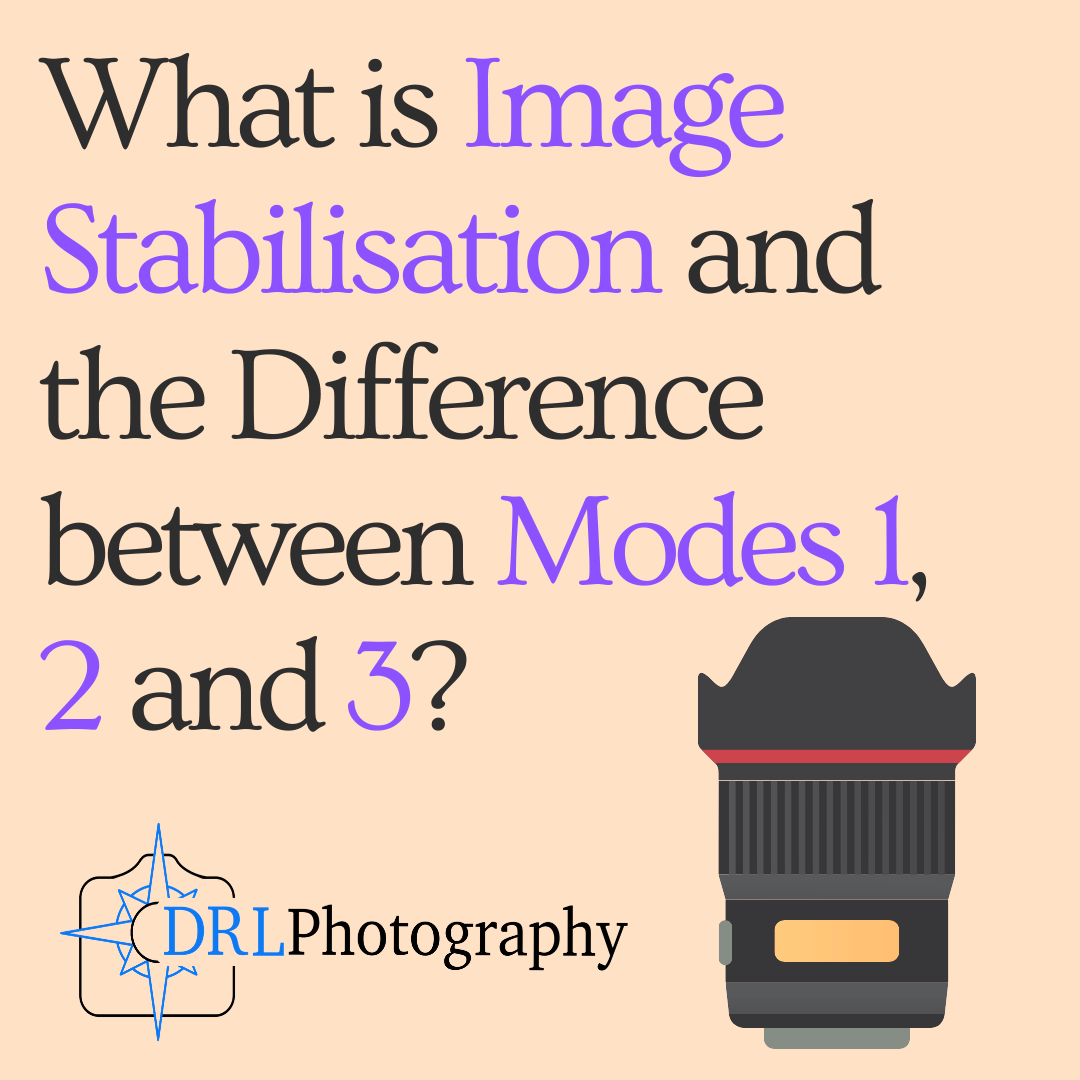What is ISO?
In my last few articles, especially Photography Challenge: Manual Mastery and What’s the Difference Between: Aperture Priority, Shutter Priority and Manual, the concept of ISO came up a lot and I thought that maybe a lot of you were wondering what exactly ISO is, so I hope this article helps clear it all up!
ISO Definition and History
ISO actually stands for International Organization for Standardization.
Not what you were expecting, right?
To truly understand what that means you must understand that this whole concept comes from the time of film photography.
This might be obvious to the majority of you but to those that have never heard of film, as they have grown up in the digital age, you used to have to use a special light sensitive see through film to capture images.
Again apologies to those that know this, but I think there may be people alive today that never knew that. Just as they don’t know about video and audio tapes, or that there was a time with no internet!
Moving on…
You would have to choose which film you were going to use for all of your pictures before taking those photos. S
o you would need to judge the lighting conditions using something like a handheld light meter. As the film itself was light sensitive, you could buy different films with different levels of sensitivity for different light conditions.
There were different scientists that developed different scales for light sensitivity, such as the Warnecke system or Hurter-Driffield system, and countries developed their own scales as well, such as DIN (Deutsches Institut für Normung) or BSI (British Standards Institution).
So, in 1974 someone had the smart idea to create an international standard that everyone could understand. They combined the systems of Germany (DIN system) and America (ASA system) into one system, which was named ISO.
The ASA system was an arithmetic system, where doubling the sensitivity of the film also doubled the number that represents it, i.e. 100 becomes 200 and so on.
Whereas the DIN system was a logarithmic system, where doubling the sensitivity of the film increased the number by 3˚, so 21˚ becomes 24˚ when doubled.
These systems merged and ISO can be written either numerically or in degrees, but most commonly in the numerical way, which makes things a lot easier!
ISO in the Digital Age
With the development of digital cameras, photographers needed to be able to change the sensitivity of the sensor as they used to be able to change the sensitivity of their film by changing the film.
So the ISO standard was converted digitally to be the same idea but controlled by the computer of the camera.
In other words, ISO is the sensitivity of the pixels of the sensor that interprets the light entering the camera and converts it into a digital image.
This is when physics, engineering and mathematics really come into the world of photography.
As the sensitivity is controlled by the computer of the camera it has pushed the boundaries of what ISO was capable of in the film era.
This has allowed for some amazing results in astrophotography, especially images of the milky way, which would not have been so easy in the film age.
ISO in Practice
That’s a brief explanation of the mumbo jumbo surrounding ISO, there are a lot more technical details out there but I didn’t want to bore you to death with equations!
You are probably wondering why you need to know any of this and more importantly how does it affect your photography.
Low ISO
Well, ISO is a part of the exposure equation, composed of 4 factors: ISO, shutter speed, aperture, and lighting.
Lighting can be controlled by you in the studio but may also be out of your control in the outside world.
Aperture will determine how much light will be coming into the camera and also the depth of field of focus (see What is Depth of Field?).
The shutter and ISO have the strongest relationship, as explained the ISO determines the sensitivity to the light that enters the camera and it will affect how fast the shutter speed is.
Getting these things in balance are what creates a correctly exposed image and this is what the in built light meter is calculating to give you your shutter speed in any given scenario.
These means that the higher the ISO number the more sensitive the pixels of the sensor are to light, which in turn means that you can use a shutter speed a lot faster than if the ISO was a small number.
The increased sensitivity also means that your camera can pick up on more light, especially at night, enabling the camera to capture light that has come from billions of light years away.
The big take away is that if you are struggling because it is dark, try increasing your ISO number.
High ISO
There is a downside to this increased sensitivity. Increasing your ISO number to the maximum will create a very grainy picture.
Modern cameras handle this a lot better than the first digital cameras produced, and the grainy effect has been reduced dramatically. This means that you can still get relatively grain-free images even with a high ISO.
BUT it is still there and it is still a problem of which you need to be aware.
The cause of this grainy effect, also known as noise, is due to the size of the pixels.
When using a high ISO the pixel size is “increased” to make them more sensitive to light.
This is why a lot of people prefer a full-frame or 35mm camera, the sensor size is bigger than a cropped or 4/3 camera and it means there are a lot more pixels available, ultimately reducing that grainy effect.
The actual grain/noise is caused by electrical fluctuations, again involving a lot of language and equations that a physicist would understand. These electrical fluctuations appear as specks of colour where there is no colour, in other words especially in the dark/shadows of your image.
The key take away is that high ISO = high grain/noise, which degrades the image.
Conclusion
ISO is the international standardised units for sensor/film sensitivity to light.
Increasing the ISO will enable you to take photos in darker environments, as the sensor becomes more sensitive to light.
This sensitivity is due to the pixels becoming “larger” but this causes grain and electrical fluctuations, resulting in noise in the image.
Noise is most prevalent in the darker areas of the image.
When shooting with a high ISO you need to be aware of the possibility of noise, and depending on what you are trying to capture adjust your settings as you need.
Sometimes you will accept the noise to get the faster shutter or sensitivity that you need, or you may choose to reduce the noise and accept a longer shutter. Only you will be able to decide that in the moment!
Related Articles
Written by Daniel Long
Daniel Long created DRL Photography as a place to showcase his work as a photographer. Daniel has learnt a lot about photography and wishes to impart this knowledge with you, although the world is an ever changing place and he always says “you can never learn everything.” So as he makes his way, he continues to learn knew techniques, skills and information about photography. He focuses on Landscape and Wildlife photography and Daniel has a special focus on Scotland, his home away from home. As well as writing about photography and taking pictures out in the field, Daniel offers guided photography days so he can share his knowledge and locations in an effort to give his clients the best opportunities possible. Have a browse around this website to see his images, guided experiences and articles about photography. If you have any questions don’t hesitate to get in contact.




















